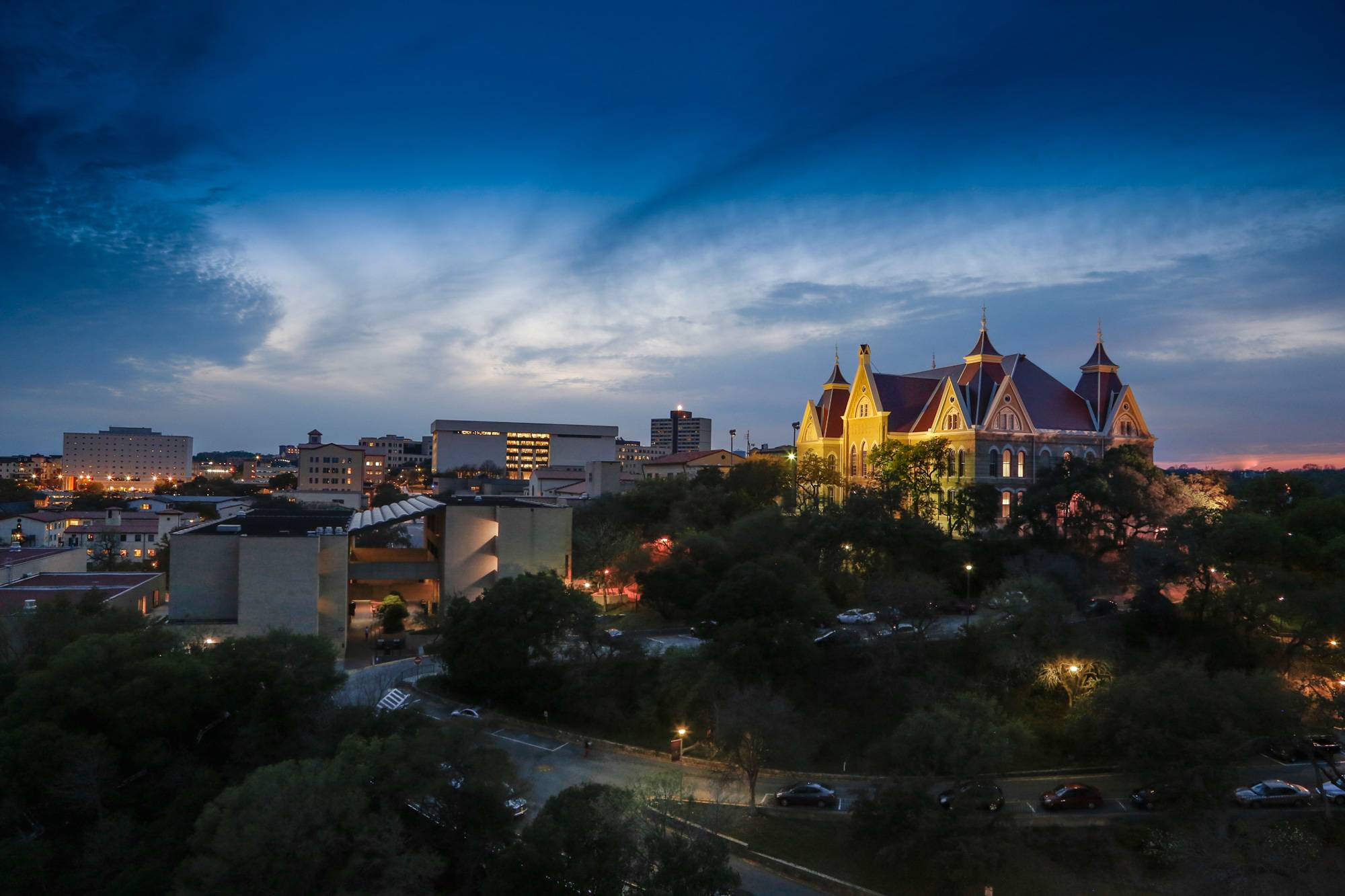2017-2027 University Master Plan
Letter from the President
Dear Colleagues:
When we began the process of developing a University Master Plan for 2017-2027 in November 2015, we knew that the process would not be as easy as the previous Master Plan since so much had been accomplished over the past 10 years. The need for many of the projects that we implemented between 2005 and 2015 was obvious to both first-time visitors and long-term campus residents alike. The construction of the Undergraduate Academic Center and the Performing Arts Center, the renovations to academic buildings, the addition of three housing complexes, the expansions of Bobcat Stadium and the Student Recreation Center, the construction of three parking garages, and the gray-to-green effort were all successful.
The challenge we faced in creating the University Master Plan for 2017-2027 was to provide an equally exciting vision for the future of the university as we move closer to becoming a National Research University that remains deeply rooted in providing world-class residential undergraduate teaching. The central themes for this plan for 2017-2027, which addresses the San Marcos Campus, the Round Rock Campus, and Science, Technology, and Advanced Research (STAR) Park, include: increasing academic capacity, increasing research capacity, enhancing the student experience, strengthening pedestrian corridors, augmenting campus support and infrastructure, and building a sense of place.
These themes have led to many of the initiatives you will find described in our University Master Plan. In San Marcos, Texas State projects a completely reimagined Hilltop academic and residential neighborhood, an emerging Science and Engineering district, significantly expanded outdoor recreation spaces, enhanced student life spaces, locations for parking garages, and plans to better connect pedestrians to all of the wonderful parts of our ever-growing campuses. In Round Rock, the University plans the completion of the quadrangle and the addition of more buildings. At STAR Park, we will design a dense urban fabric that places buildings along a pedestrian friendly “main street” and reflects the entrepreneurial, energetic nature of the research district.
While it is important to look at what can and, in some cases, must be added to the University, this Master Plan also recognizes that it is equally important to take care of our existing buildings and infrastructure.
Allow me to express my gratitude to the faculty, staff, and students who participated in workshops and discussions as we created this Master Plan. For the first time, we were able to utilize online tools for virtual participation. Thank you for providing feedback using those online tools over the past year. This Master Plan could not have happened without your insightful ideas for our collective future.
I hope that this Master Plan inspires you about the next 10 years at Texas State. It is consistent with and supports our university’s mission, vision, and strategic plan, and is also flexible enough to accommodate the inevitable change that is typical in the dynamic higher education learning environment that is Texas State University.
Sincerely,
Denise M. Trauth, President
